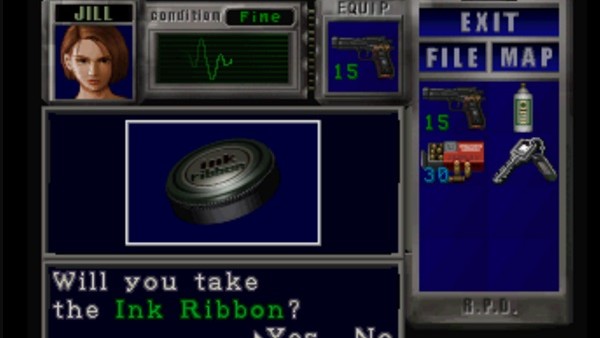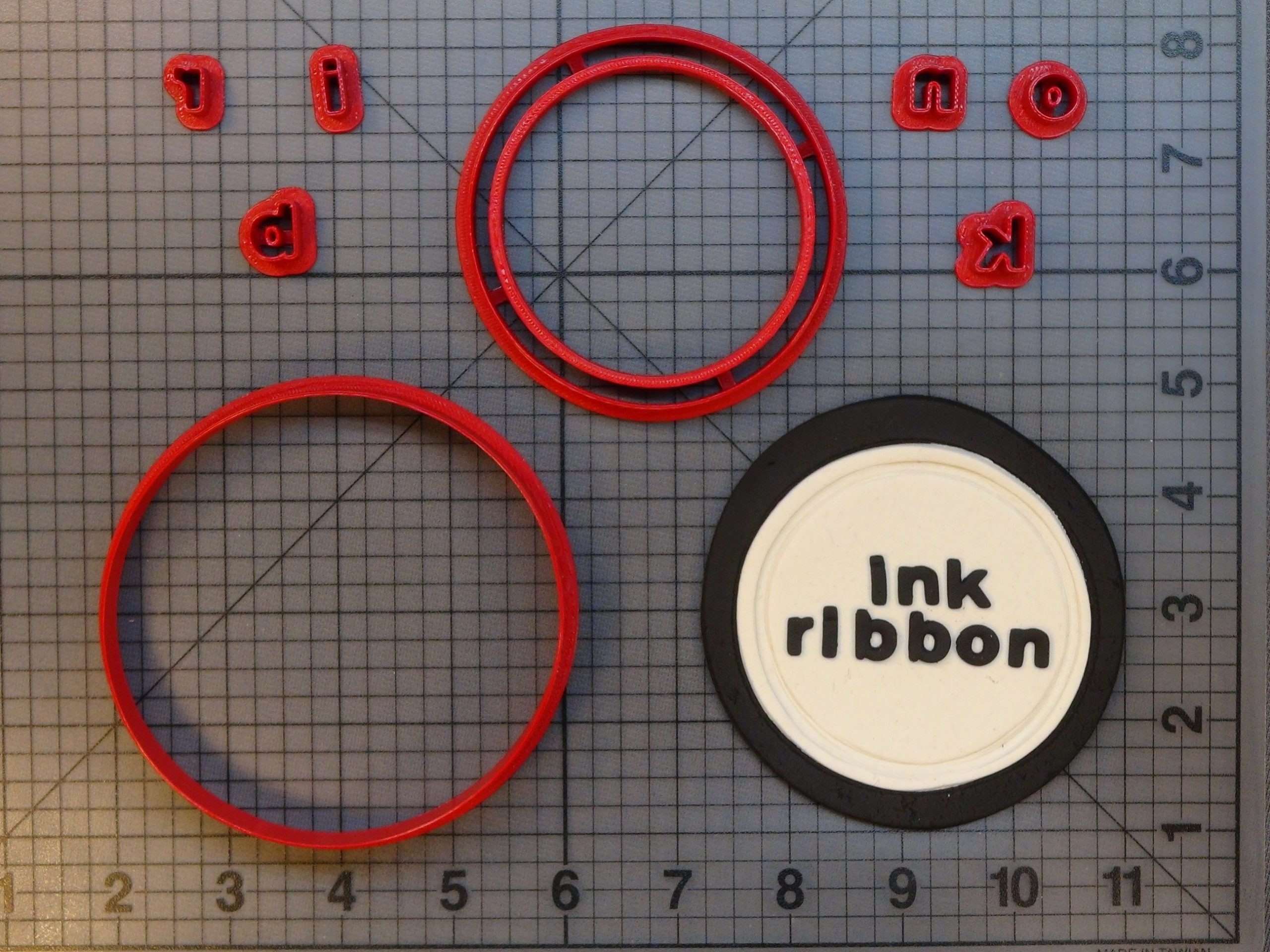
Horror is a jump scare around the next corner when the cameraman decides to reveal it terror is finding yourself out of your depth only to hear the ominous revving of a chainsaw nearby. While elements of horror and certain tropes remained in Resident Evil 4, they were no longer the be-all and end-all and the fear of stumbling into a small army of villagers armed with rudimentary tools or just one obvious threat (the likes of mini-bosses Dr Salvatore and El Gigante reminiscent of stalking threats Mr X and Nemesis in previous games) without the provisions or skills to see the task through proved genuinely terrifying. Resident Evil's foundations were in classic B-movies and horror films – static cameras allowed for staged scares and classic cinematography techniques, the action contained and controlled by the director at all times.

It's a subtle difference in terms of language, sure, but it's an important distinction to make.

Eschewing static camera angles for an over-the-shoulder affair that quickly became the staple for third-person shooters and leaving the brain-munching idiots to rot in order to let a parasite-ridden populous take centre stage, this was no longer survival horror – it was survival terror.

This didn't come easily for Capcom, with the team exploring supernatural elements and the paranormal in early development as workarounds to the growing zombie fatigue, but it's hard to argue that the final product wasn't worth the wait.


 0 kommentar(er)
0 kommentar(er)
